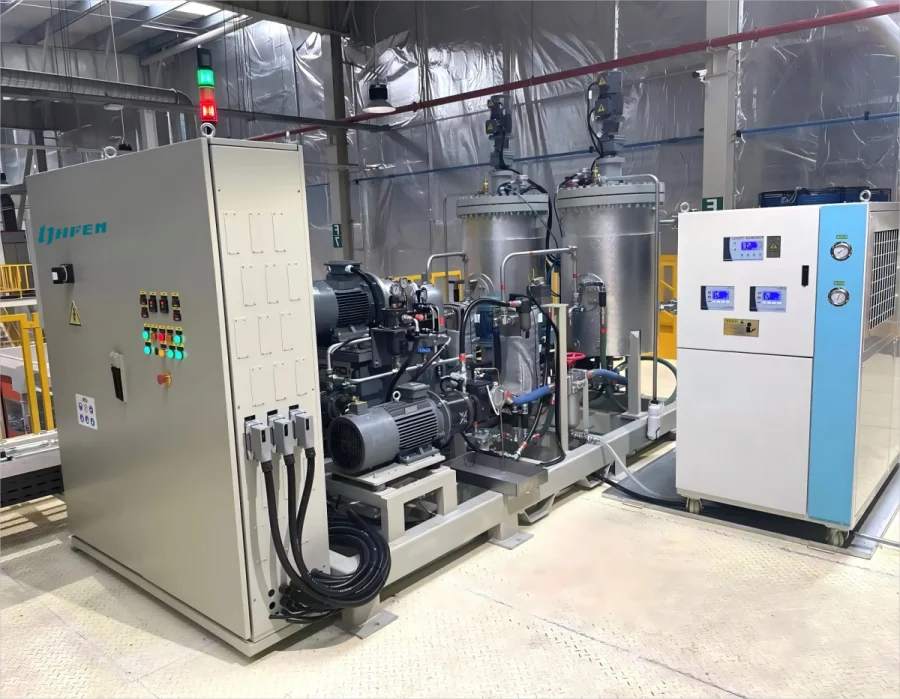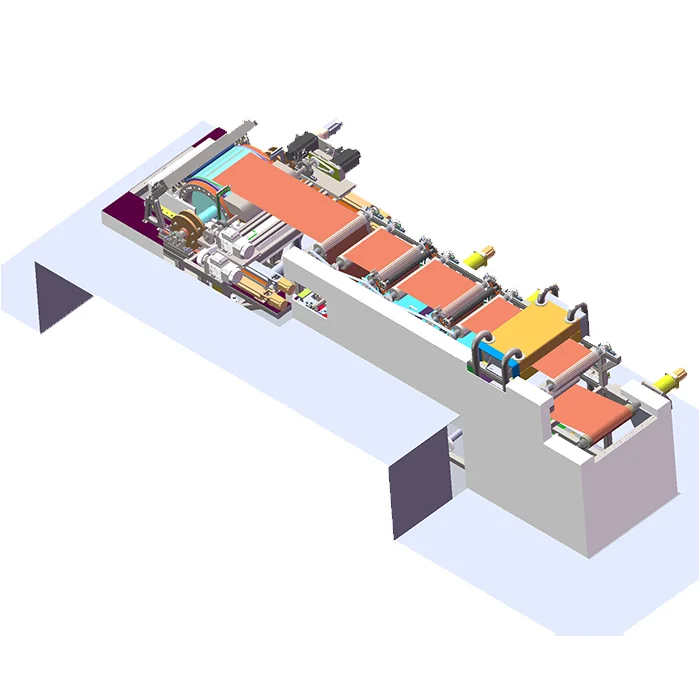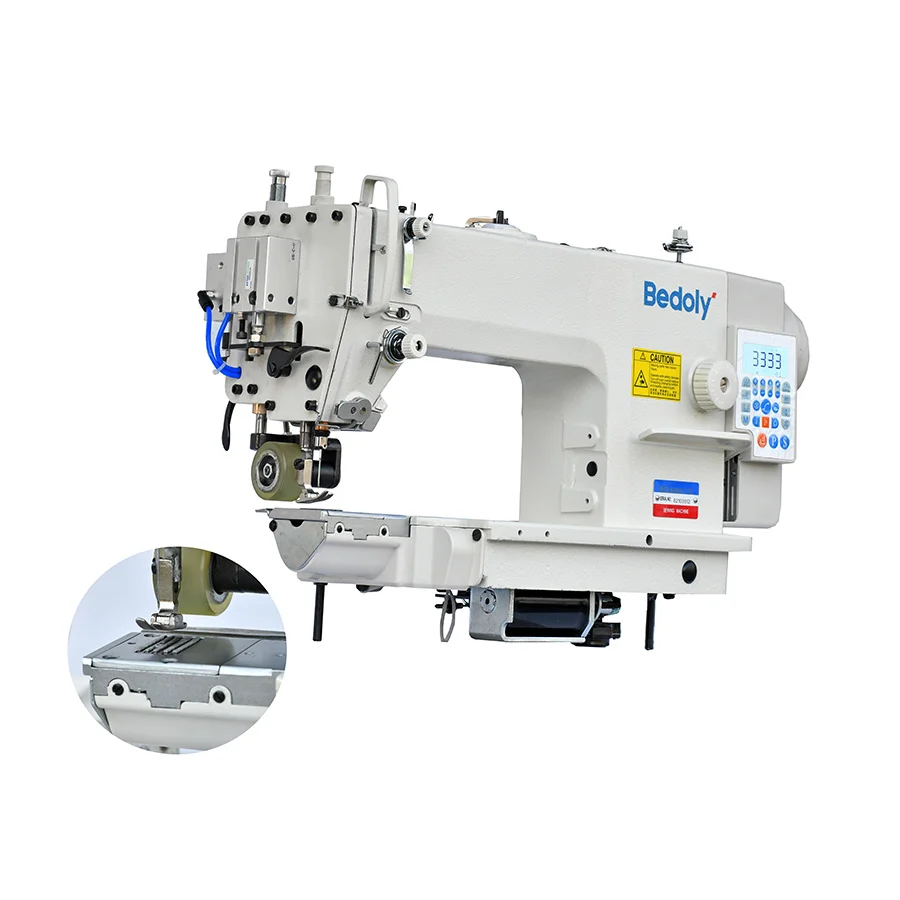Sterile Bottle Production: Stretch Blow Molding Techniques
3 min readLooking to enhance your production efficiency and quality in the manufacturing of sterile bottles? Dive into the world of sterile bottle blow molds. Ever wondered how to achieve optimal precision and consistency in creating these essential containers for pharmaceuticals and beverages? The answer lies in the innovative technology of sterile bottle blow molds. Discover how this cutting-edge equipment can revolutionize your manufacturing process, ensuring top-notch hygiene standards and product integrity. Stay ahead in the competitive market by harnessing the power of sterile bottle blow molds.
Key Takeaways
-
Implementing proper sterilization systems is crucial: Ensure that your production process includes effective sterilization systems to maintain the cleanliness and safety of your bottles.
-
Follow the aseptic process diligently: Understanding and adhering to the aseptic process is essential for producing sterile bottles free from contaminants.
-
Adhere to standard aseptic process steps: From cleaning to sterilizing, following the standard steps meticulously is key to ensuring the sterility of your bottles.
-
Incorporate best practices for maintaining sterility: Embrace industry best practices to enhance the sterility of your bottles and improve overall production quality.
-
Utilize transparent molds for better visibility: Transparent molds offer advantages in monitoring the stretch blow molding process, allowing for easier detection of any issues or defects.
-
Prioritize quality control throughout production: Implement rigorous quality control measures at every stage of production to guarantee the production of high-quality, sterile bottles.
Importance of Sterilization Systems
Product Integrity
Sterilization systems play a crucial role in ensuring the integrity of products, especially in industries like dairy and pharmaceuticals. By effectively sterilizing installations and equipment, companies can maintain the purity of their products and uphold quality standards.
In the production process, any contamination can lead to severe consequences, including product spoilage, reduced shelf life, and even health hazards for consumers. Therefore, implementing robust sterilizing technologies is essential to prevent such risks.
Contamination Risks Reduction
The use of advanced sterilization systems significantly reduces contamination risks in manufacturing processes. For instance, machine sterilizing with methods like steam sterilization helps eliminate harmful microorganisms that could compromise the safety and quality of products.
By investing in state-of-the-art sterilizing installations, companies can minimize the chances of microbial growth and cross-contamination. This not only safeguards the products but also enhances consumer trust in the brand's commitment to safety and hygiene.
Industry Necessity
Industries such as dairy and pharmaceuticals must prioritize the adoption of cutting-edge sterilization technologies to meet stringent regulatory requirements. In these sectors, where product purity is non-negotiable, effective sterilization is paramount.
In dairy production, for example, maintaining sterile conditions throughout the bottling process is essential to prevent bacterial contamination and ensure the longevity of dairy products. Similarly, pharmaceutical companies rely on advanced sterilization systems to meet industry standards and deliver safe medications to consumers.
Understanding the Aseptic Process
Steam Sterilization
Steam sterilization is a crucial component of the aseptic technology used in the production of sterile bottle blow molds. The process involves exposing equipment to high-temperature steam under pressure, effectively eliminating any microbial contamination. This method ensures that the aseptic setting is maintained throughout the manufacturing process.
The aseptic blowing process relies on steam sterilization to create aseptic conditions within the blowing machine. By subjecting the equipment to steam, manufacturers can achieve a high level of sterility, crucial for producing safe and hygienic products. This method of sterilization minimizes the risk of contamination during production, ensuring that the final products meet stringent quality standards.
Chemical-Free Sterilization
Employing steam sterilization in the production of sterile bottle blow molds offers significant advantages over traditional chemical-based methods. By utilizing steam, manufacturers can avoid the use of chemical agents that may leave residues or pose risks to product quality and consumer safety. This approach aligns with the principles of aseptic use, emphasizing the importance of maintaining a sterile environment without introducing harmful substances into the manufacturing process.
-
Pros:
-
Ensures high levels of sterility
-
Minimizes the risk of contamination
-
Aligns with aseptic conditions
-
Cons:
-
Requires specialized equipment
-
May involve longer sterilization cycles
Enhanced Efficiency
The integration of steam sterilization enhances the efficiency of the blowing machine by providing a reliable and effective method of achieving sterility. This streamlined process reduces the time and resources required for sterilization, optimizing production workflows and increasing output capacity. By incorporating aseptic contact methods such as steam sterilization, manufacturers can enhance product quality and consistency while meeting stringent regulatory requirements.
https://www.quanmold.com/Contact-Us.html
Shanghai Quan Quest Precision Machinery Co., Ltd.



